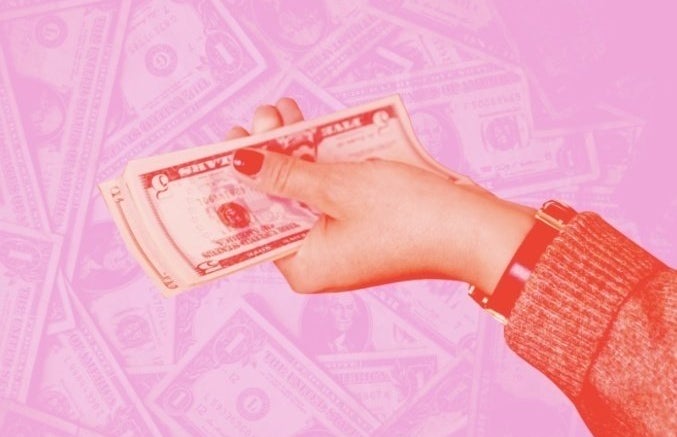Congress has passed the long awaited and anticipated stimulus package and is ready to head to President Trump to sign the bill. At $900 billion, this stimulus package is far less than the $2 trillion compared to the CARES Act that was passed by Congress in March. This round is the second largest federal-stimulus deal.
A main reason for why it took so long for this bill to pass was the vastly different amounts of money that Democrats and Republicans saw fit. Democrats favored $2.2 trillion while Republicans wanted to keep it below $1 trillion.
An initial $600 will be sent to individuals who made up to $75,000 a year based on adjusted gross income on their 2019 tax returns and for heads of households who made $112,500. Couples who made up to $150,000 would receive $1,200 and those with children would get $600 per child.
Although the stimulus has finally passed, it is going to take some time for it to be distributed. Treasury Secretary Steven Mnuchin told CNBC that the first checks would go out before the new year. Direct deposit was the fastest way for people to receive these checks under the CARES Act.
After the initial stimulus, people can expect to receive $300 a week for 11 weeks. This is half of the first federal stimulus bill gave out.
Two unemployment programs that were developed from the CARES Act are set to expire at the end of this week. One program, the Pandemic Unemployment Assistance, offered unemployment benefits and helped those who were affected physically by coronavirus or had family members that were. The second program, the Pandemic Emergency Compensation program, gave unemployed people 13 extra weeks of payment after their regular benefits ran out.
The stimulus bill has included the extension of these two programs. This will likely help about 12 million people who currently rely on these programs.
Small businesses can once again apply for second loans under the Paycheck Protection Program. Applications for the first round of loans closed in August, leaving many businesses in the dark.
Businesses with less than 300 workers and who saw their revenue drop by 25% in the first, second and third quarter of 2020 are eligible to apply. $12 million has been set aside for minority-owned businesses.
Live performance venues and theatres are among the most affected by the pandemic, and $15 billion has been set aside specifically for these industries. This money is intended to go towards rent, utilities, and personal protective equipment.
Schools, both K-12 and colleges, will receive $82 billion. This looks different from the $100 billion that both Democrats and Republicans had been discussing prior to the passing of this bill.
Rental assistance has extended eviction protection until Jan. 31 from its original deadline of the end of 2020. $25 billion is reserved for those who have lost their sources of income as a result of the pandemic.
A total of $28 billion is set aside for vaccine distribution and purchase. This money will work to ensure that those who can’t pay for the vaccine will have access to it. $20 billion will go to the states so they can improve coronavirus testing.
There are essential components missing from this bill that the country saw in the first. Most prominently, state and local governments are not receiving any aid. A final agreement would look to provide aid for state highways and public transportation.
While it is important that this stimulus bill passed, there are significant cuts from the first package. However, this bill will hopefully keep the country from tumbling into a recession in early 2021.
Sources:
https://www.cnn.com/2020/12/20/politics/second-covid-stimulus-package-details/index.html
https://www.cnn.com/2020/11/21/politics/unemployment-benefits-expiring-congress/index.html



